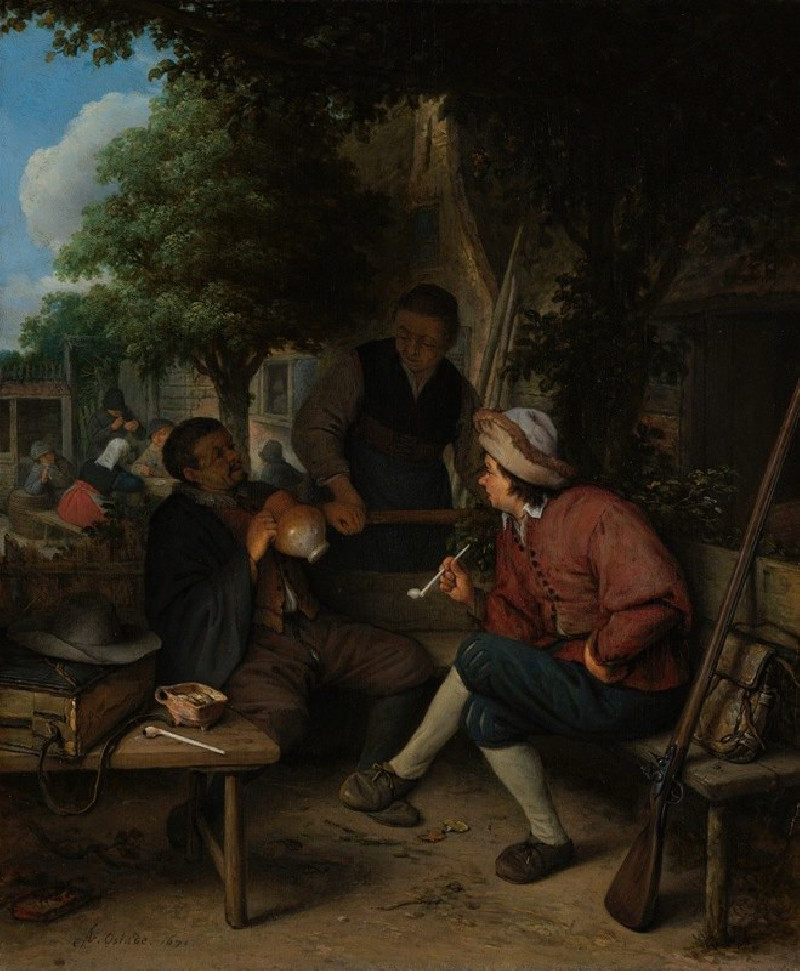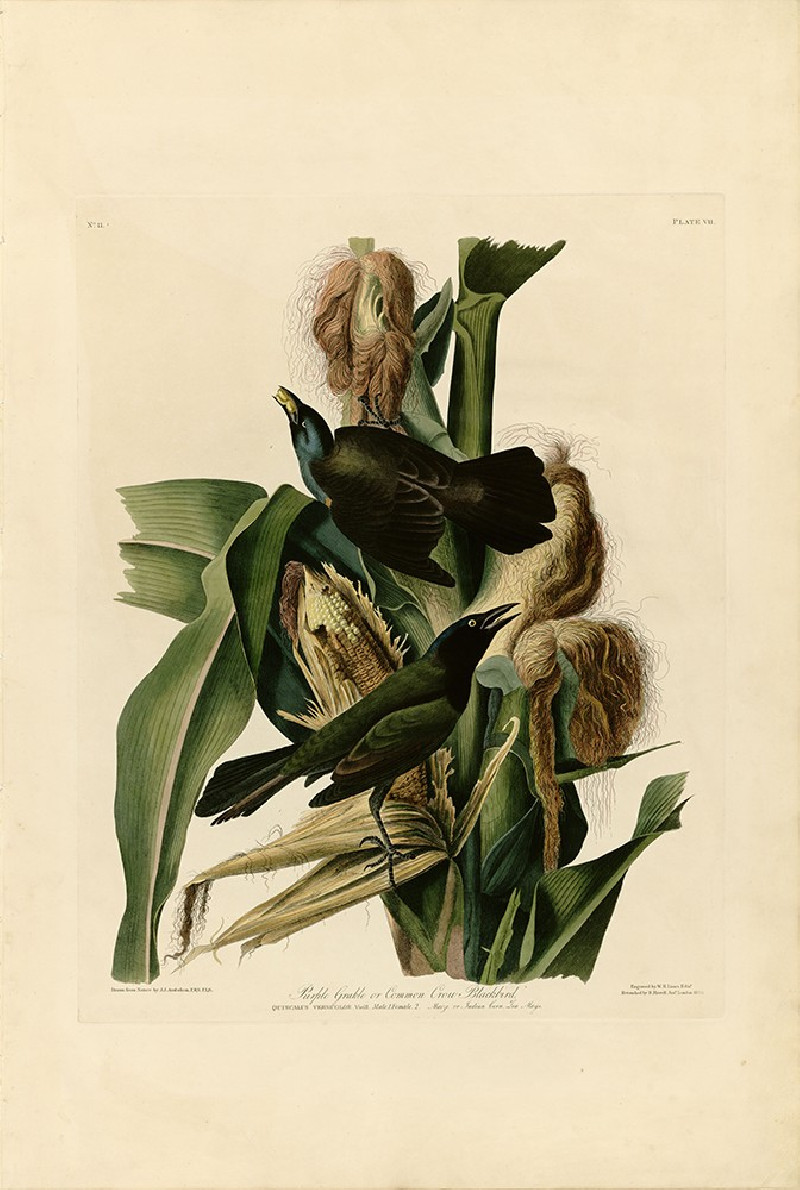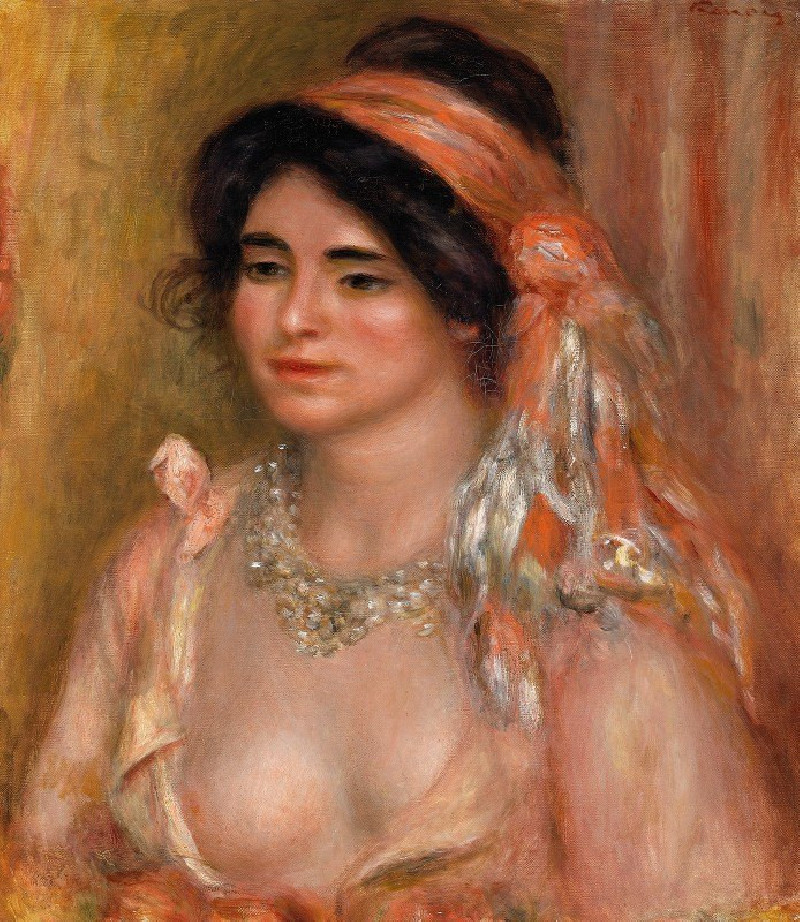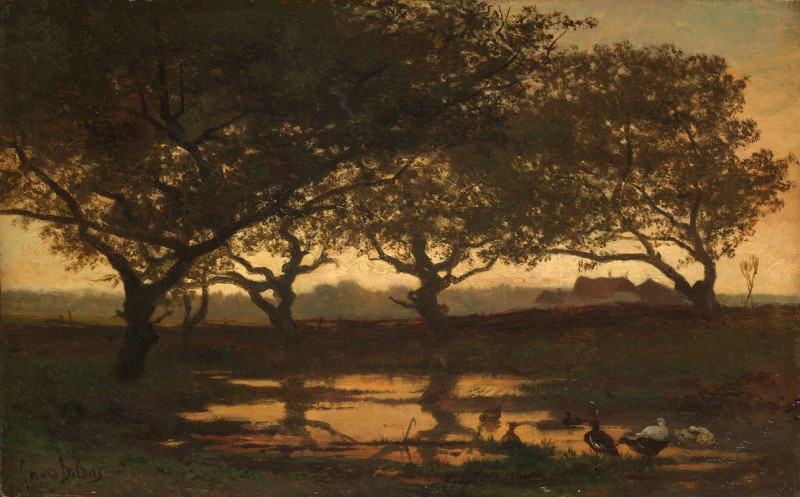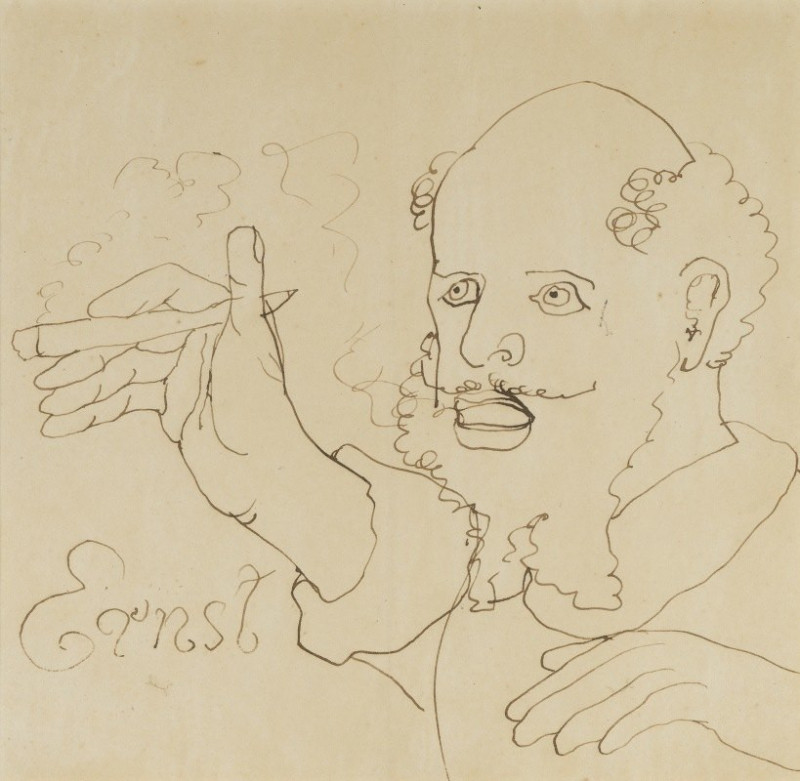Heuernte (1920)
Technique: Giclée quality print
Recommended by our customers
More about this artwork
Ernst Ludwig Kirchner's painting "Heuernte" (Haymaking) from 1920 is a captivating example of German Expressionism's vibrant and emotive power. In this artwork, Kirchner utilizes a palette of bold, expressive colors to evoke the dynamic and physically demanding nature of agrarian life.The composition portrays two figures involved in the haymaking process, an essential and labor-intensive agricultural activity. With swift, energetic strokes, Kirchner captures the movement and vigorous efforts of the figures. Angular lines and distorted forms suggest the physical strain and the rhythmic dance of traditional rural work.The backdrop is simplified and abstract, with strokes of green, blue, and hints of yellow, which perhaps suggest the summer season – a time of growth and vigorous outdoor activity. The faces of the figures are rendered with minimal detail, emphasizing their representational role in the portrayal of human labor rather than individual identity."Heuernte" not only reflects Kirchner's unique style but also communicates a broader narrative about human interaction with nature and the hardships of rural workers.
Delivery
Returns
Ernst Ludwig Kirchner (1880–1938) was one of the most important German Expressionist painters. He was a co-founder of Die Brücke, a group of German expressionist artists formed in Dresden in 1905. Die Brücke and Kirchner took inspiration from Vincent Van Gogh and Edvard Munch, as well as African and Oceanic art. They used woodblock printing as a medium to showcase their signature style: flat, unrealistic images with vivid colors. The recurring themes in Kirchner's artworks included exotic cultures, faraway landscapes, self-portraits, dancers and Berlin street life. His paintings and prints effectively portrayed non-European cultures despite the fact that he never traveled outside of Europe.

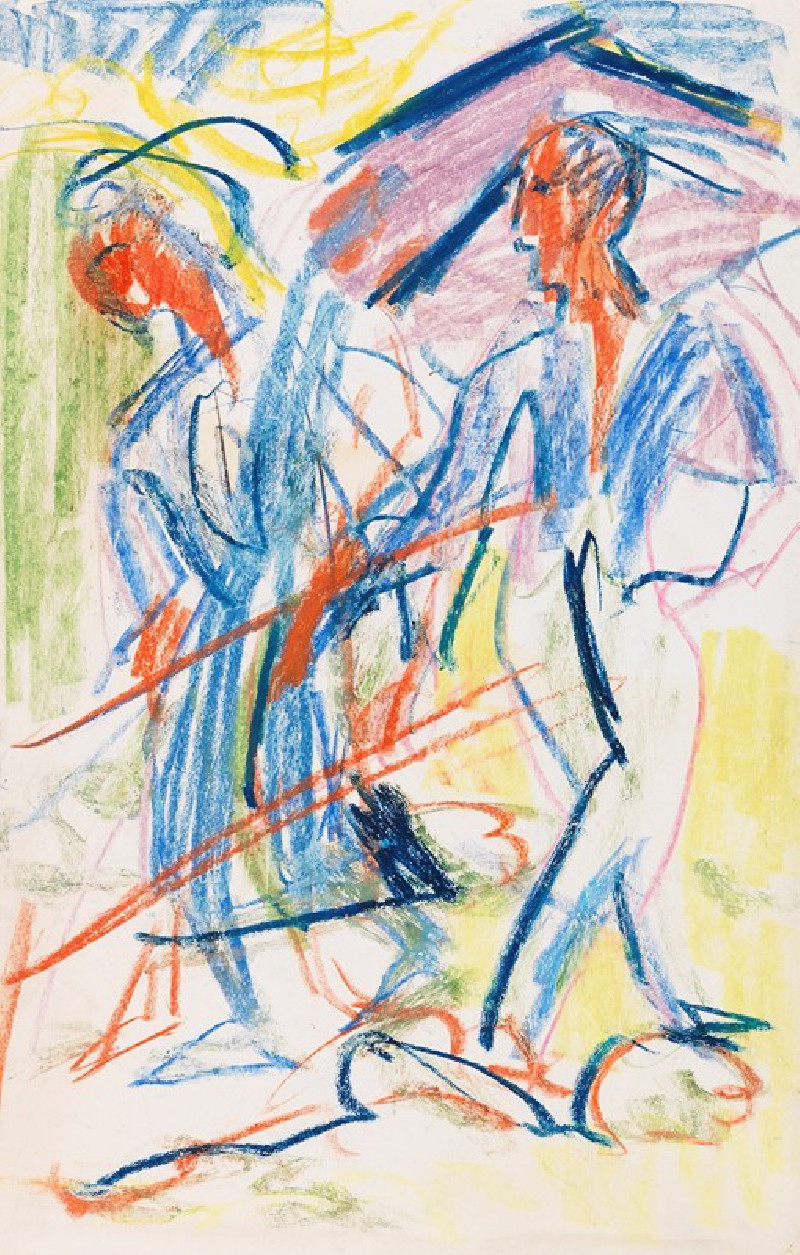
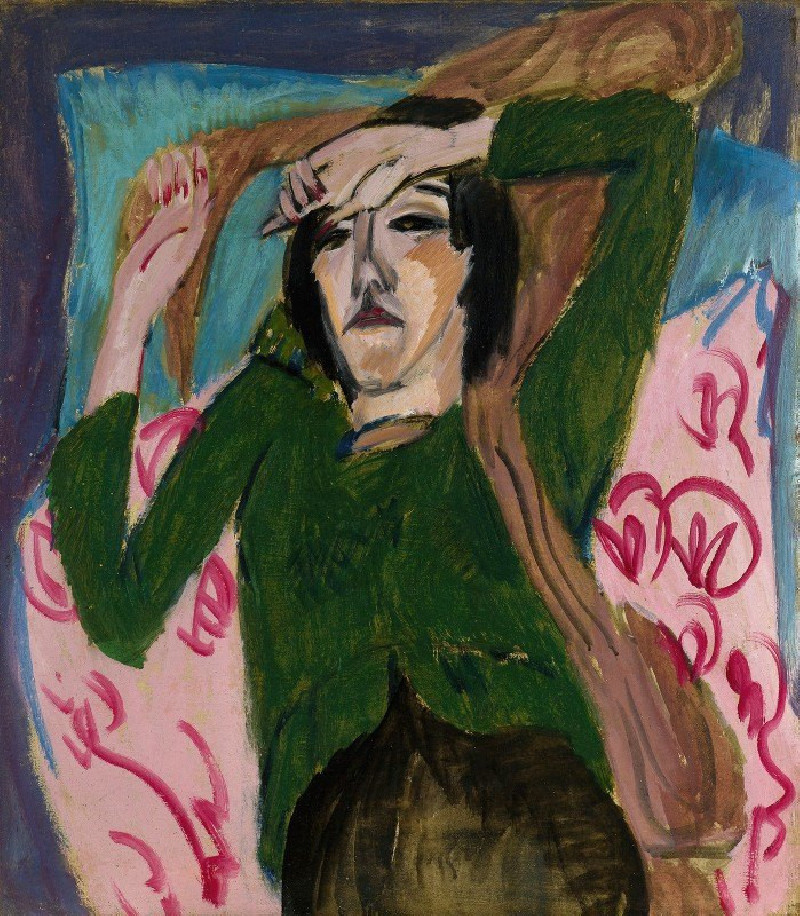
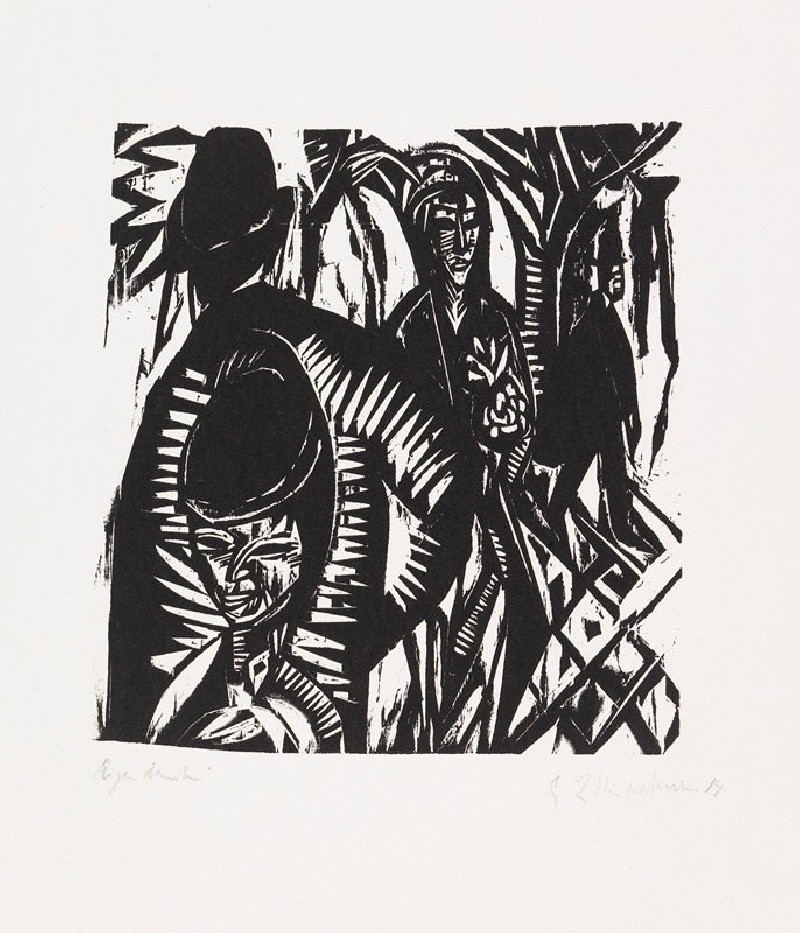
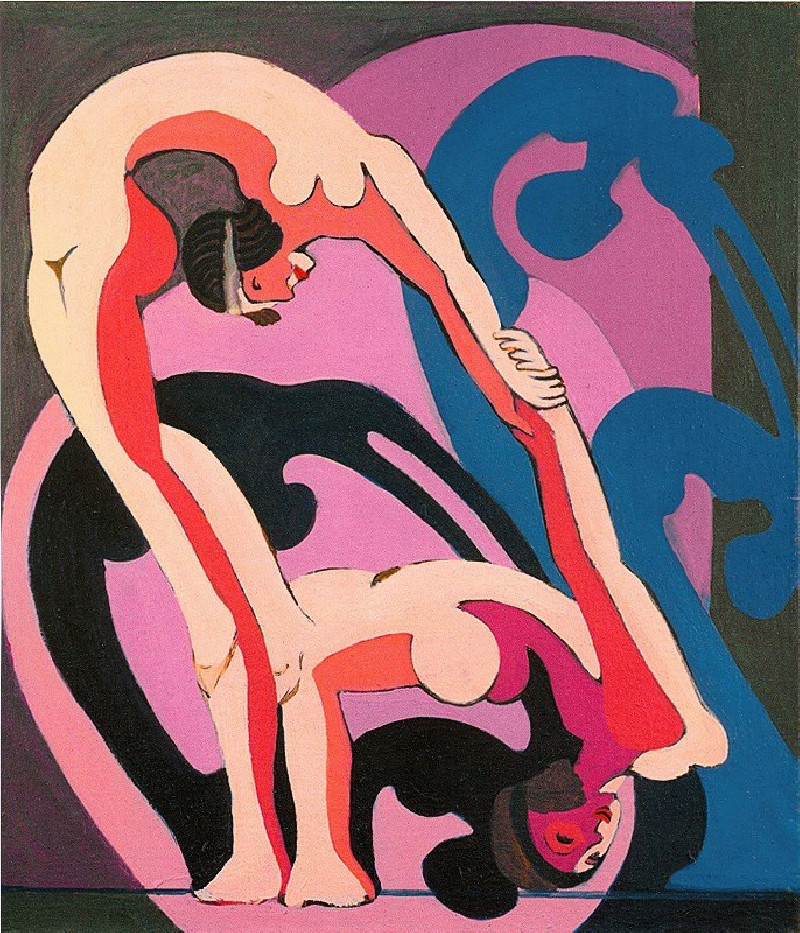

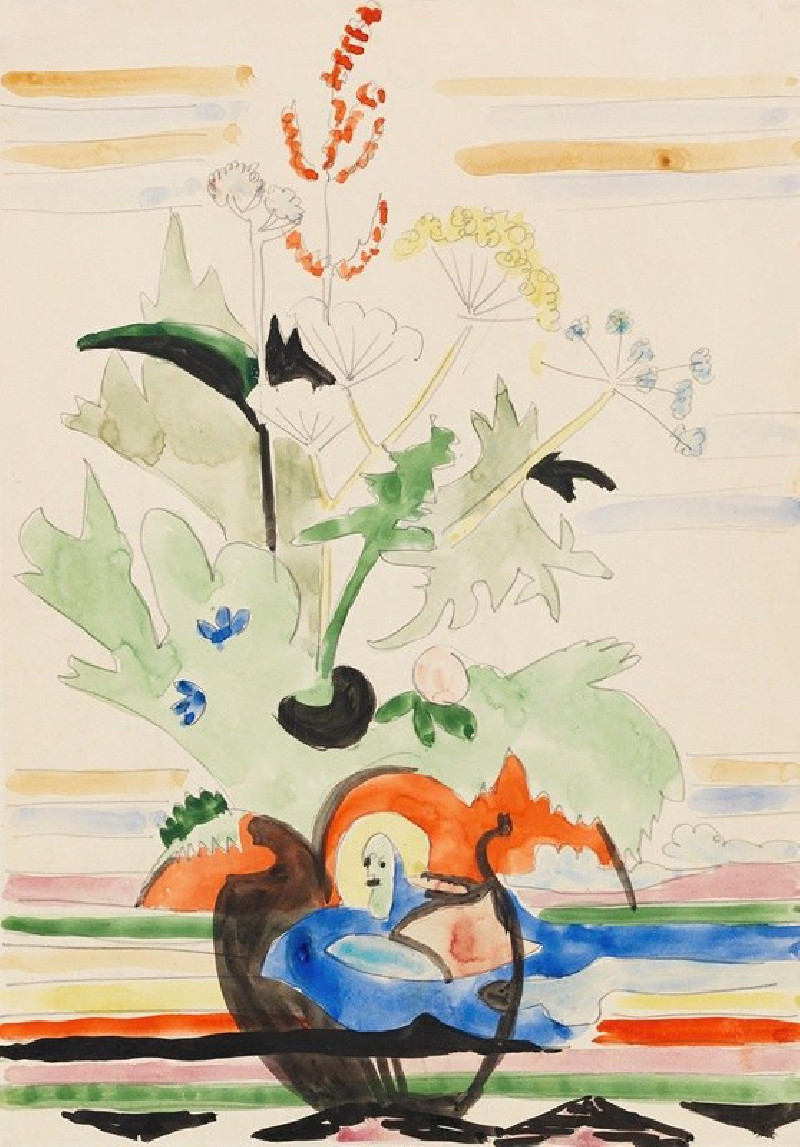
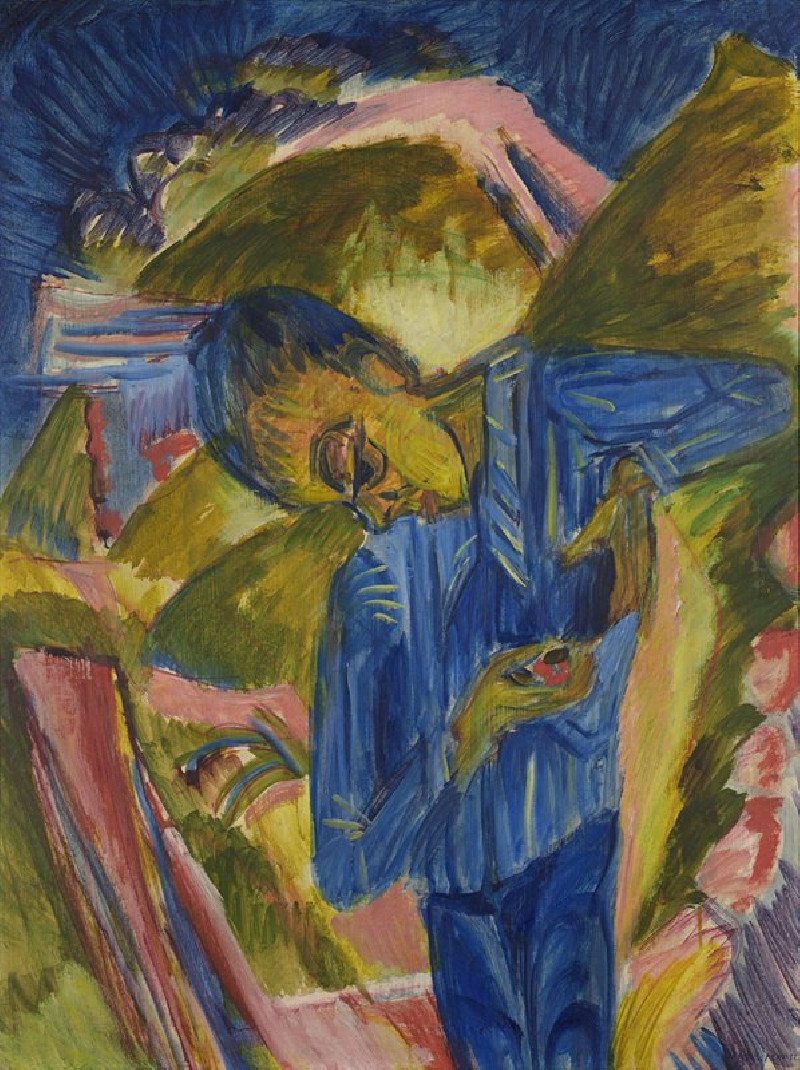
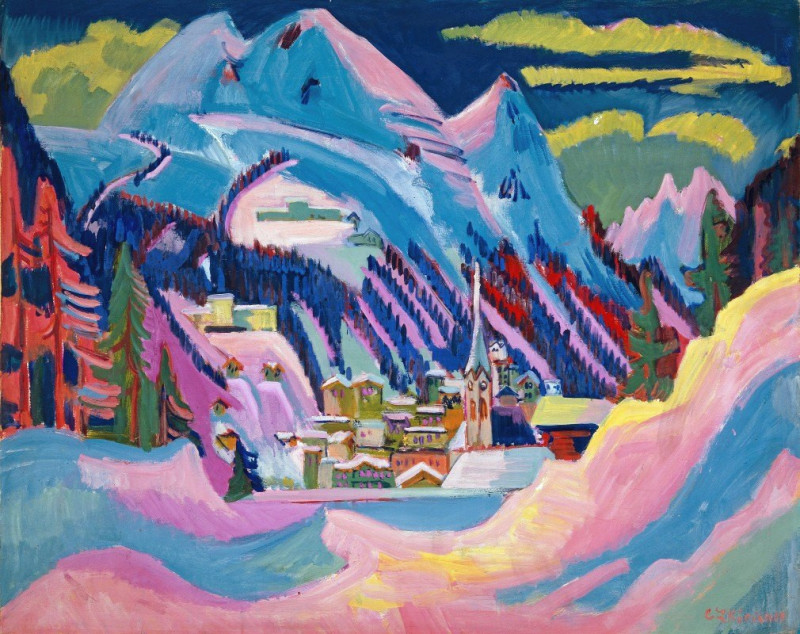

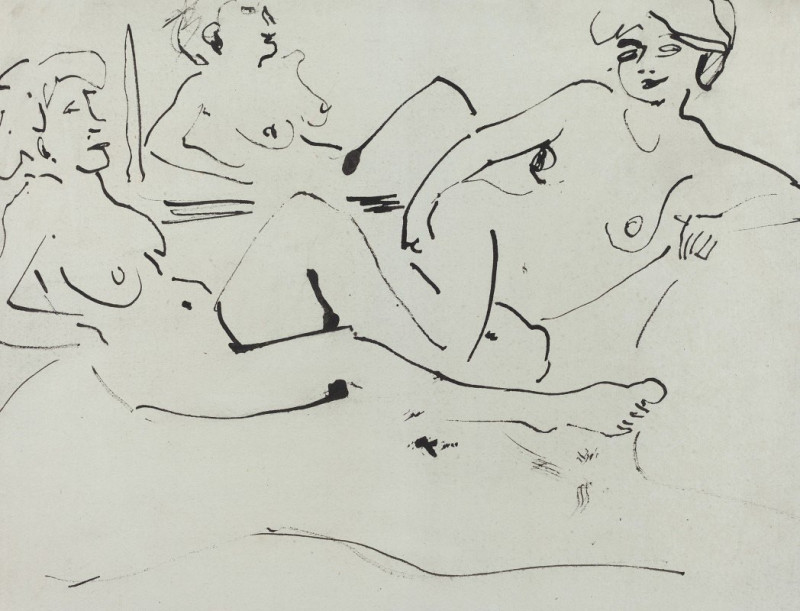
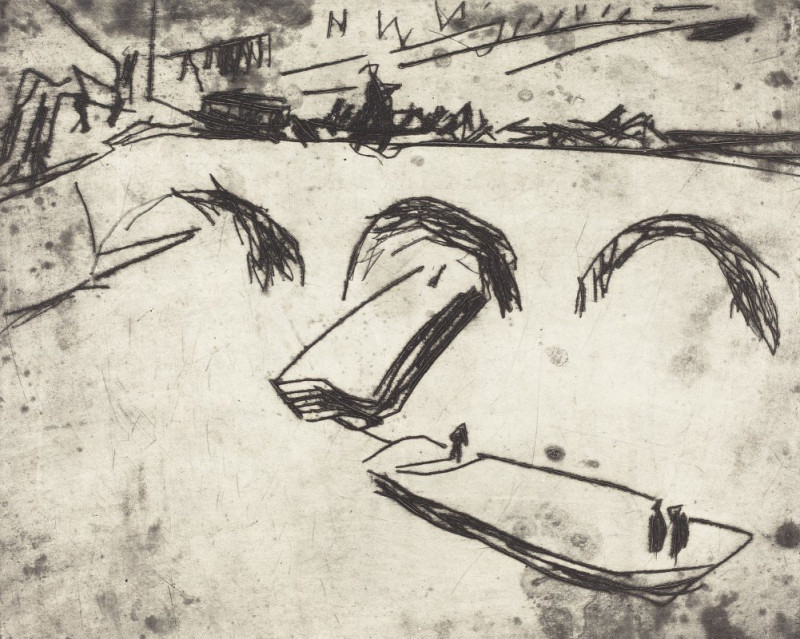
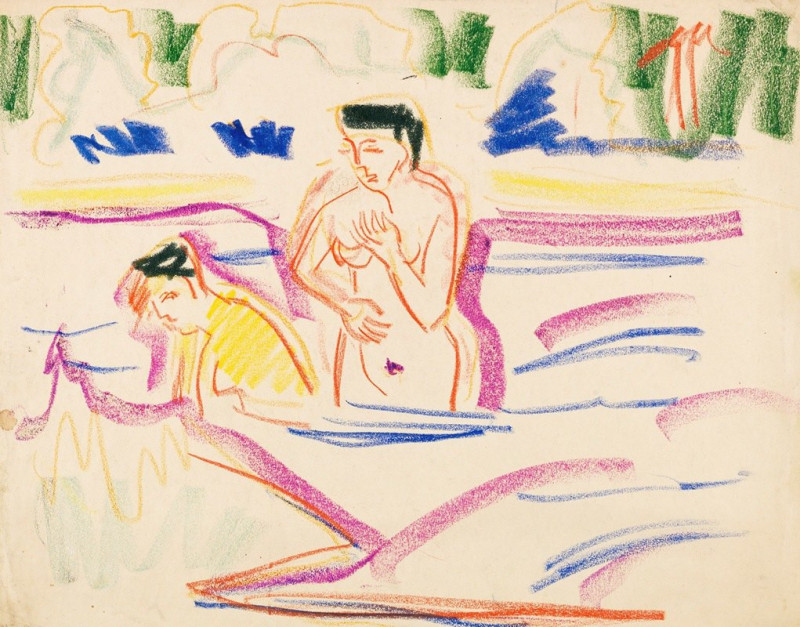
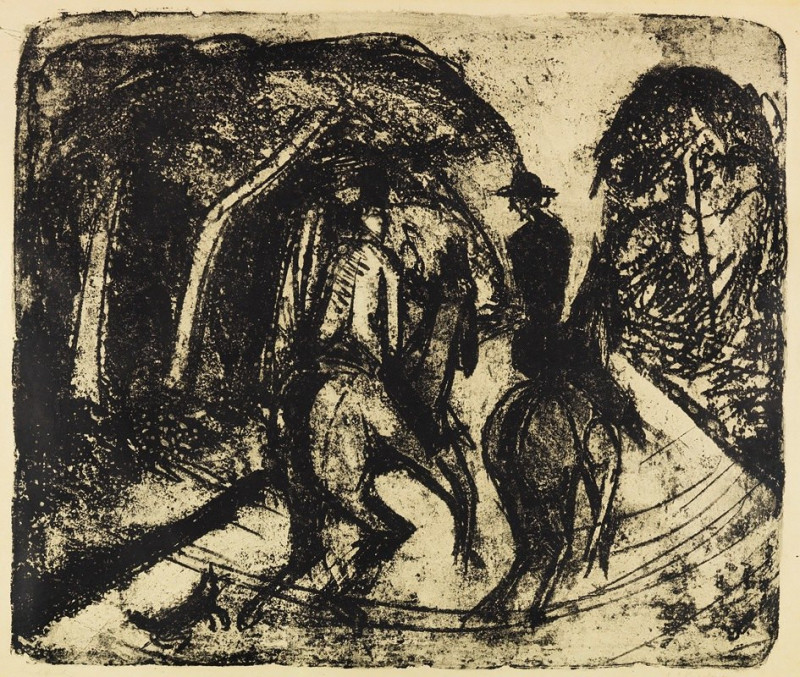
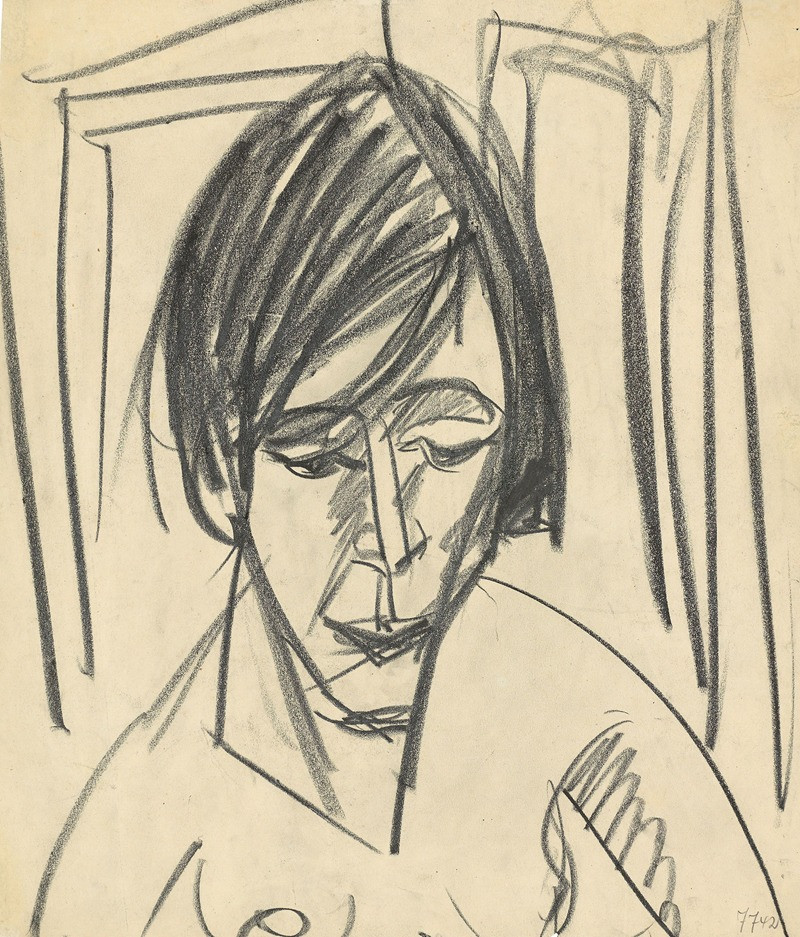
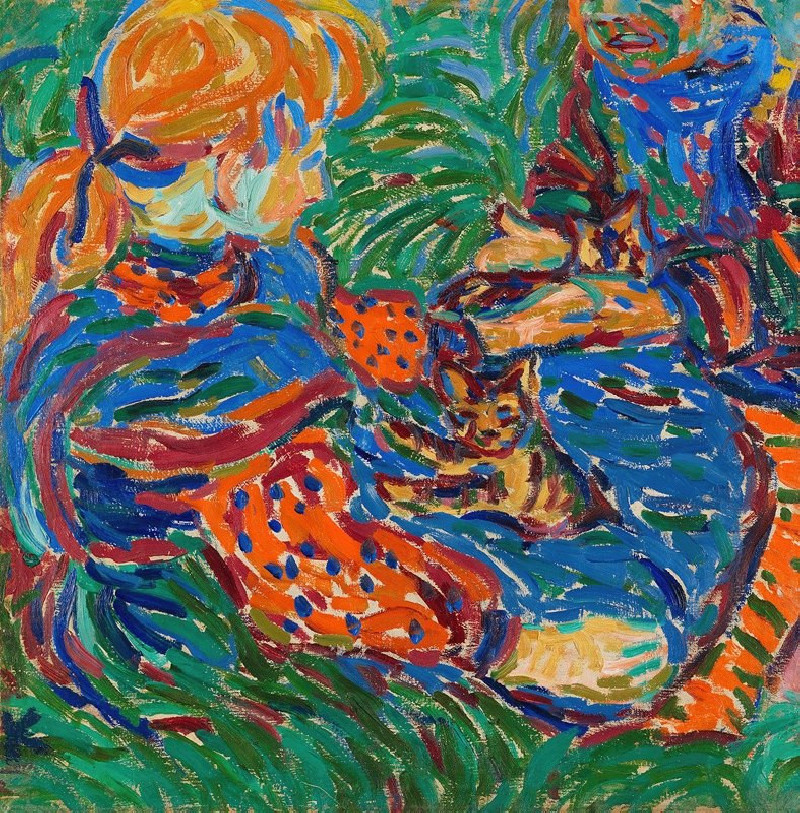
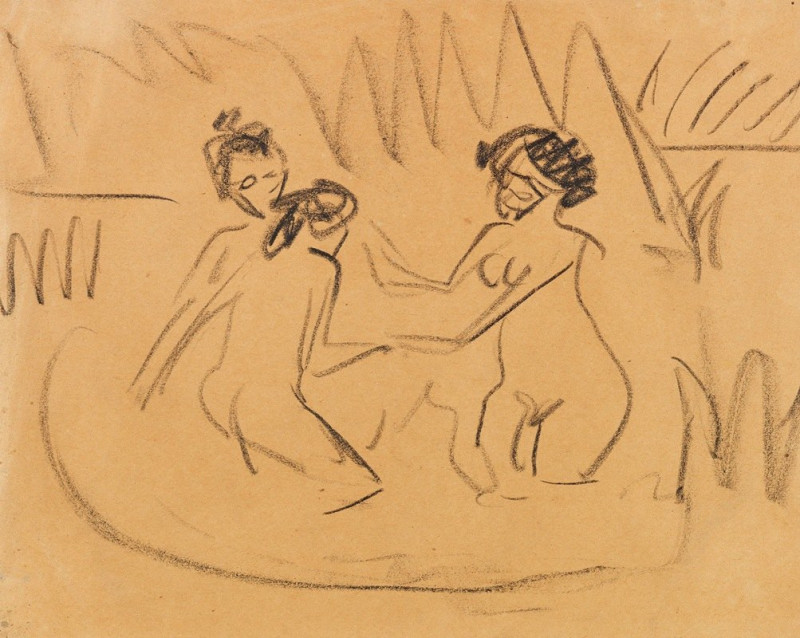
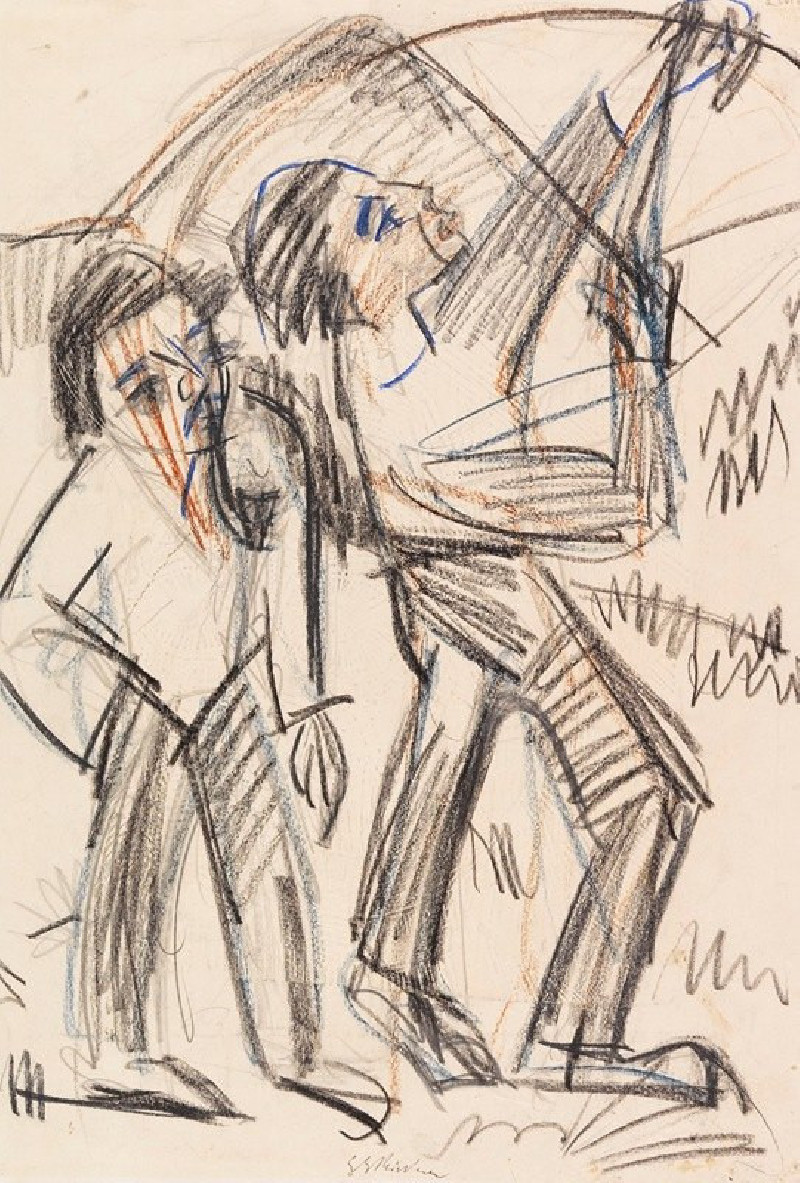
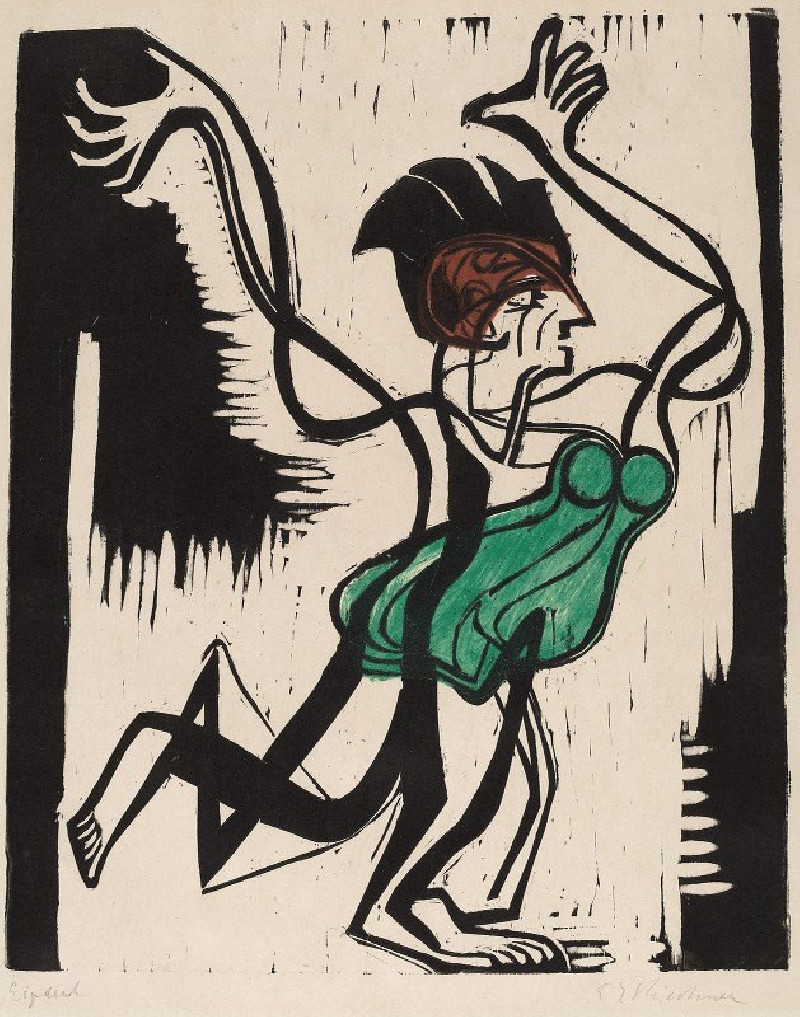
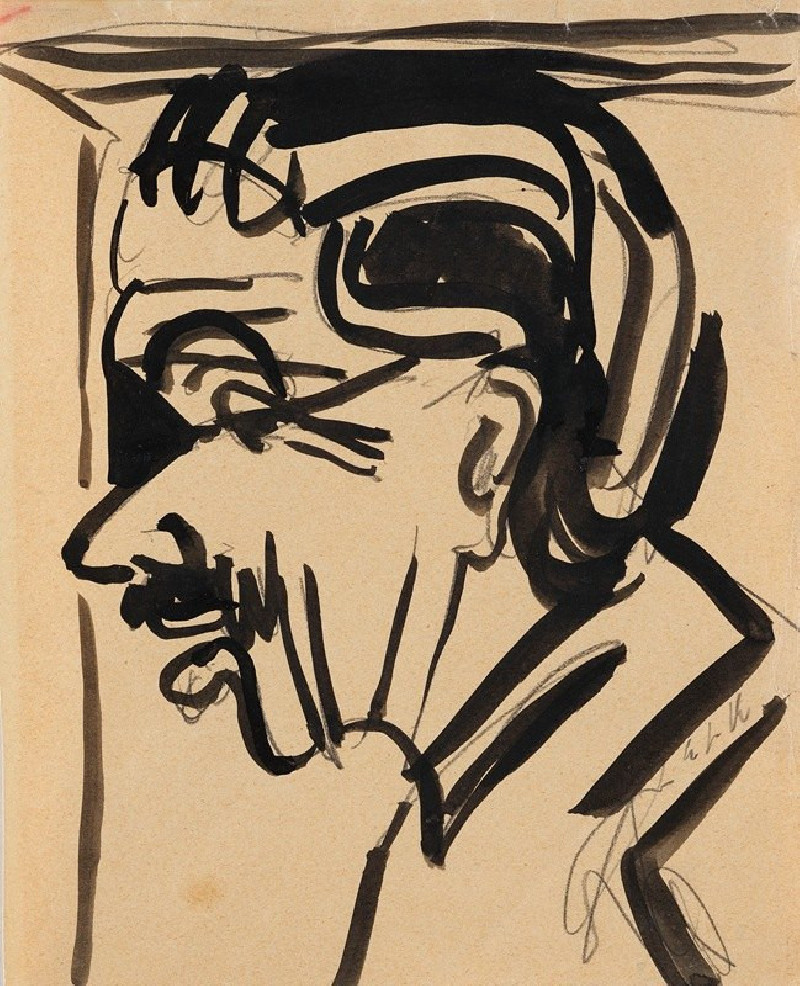
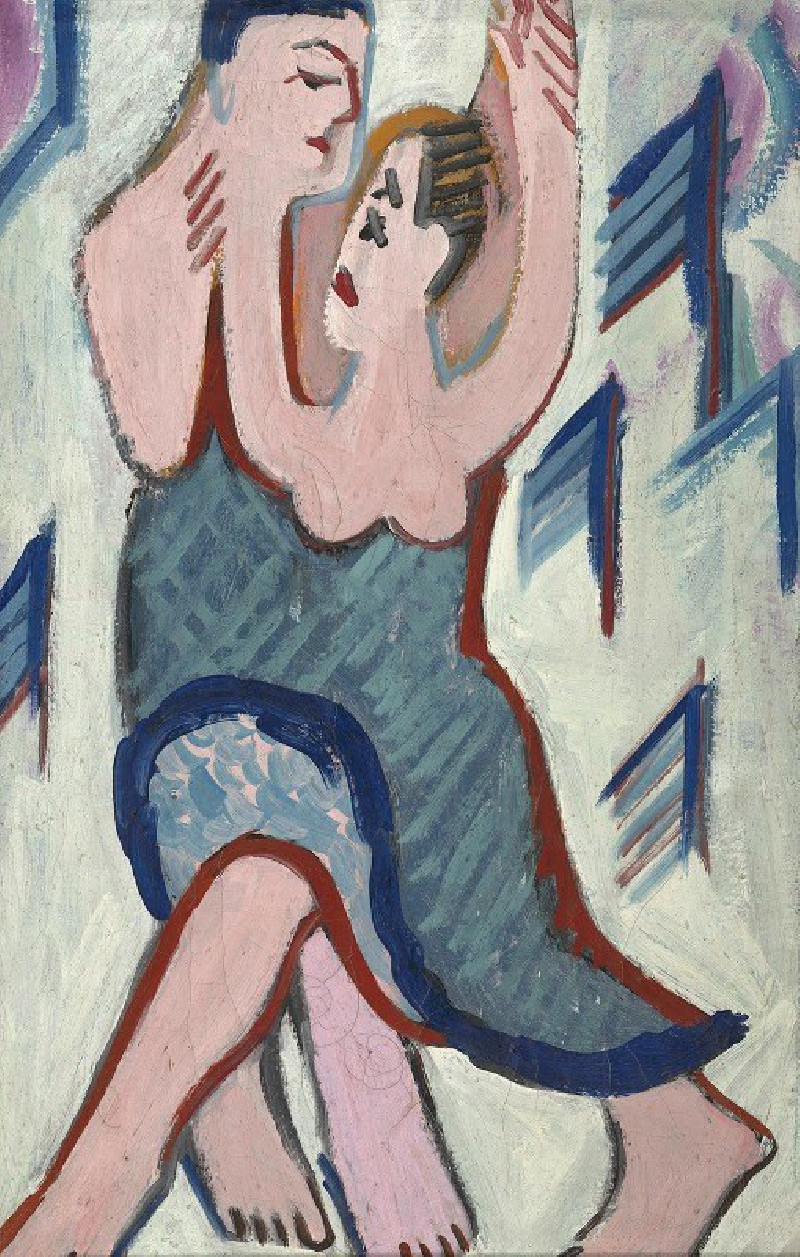
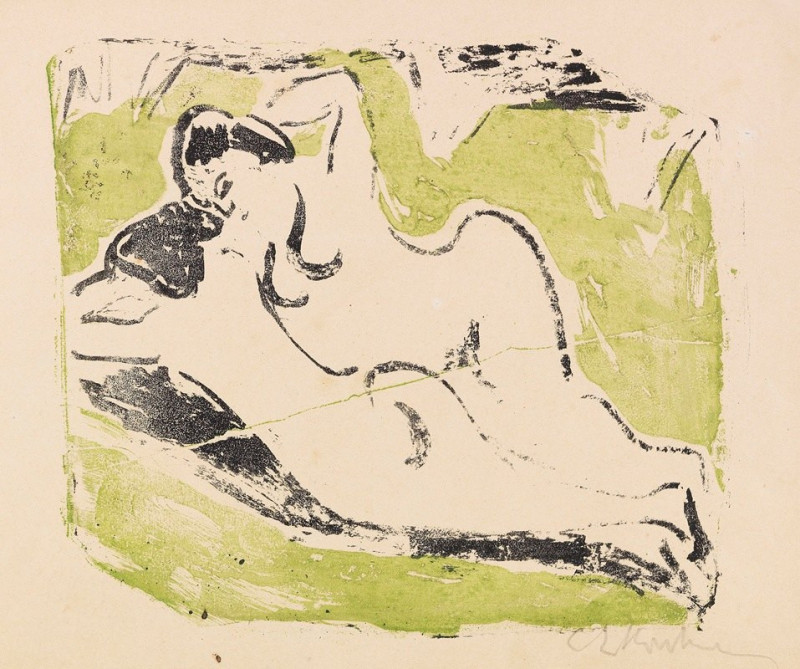
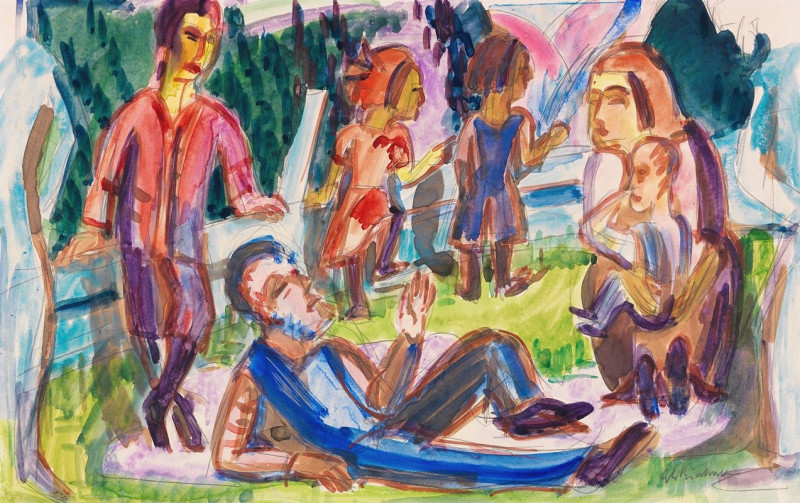
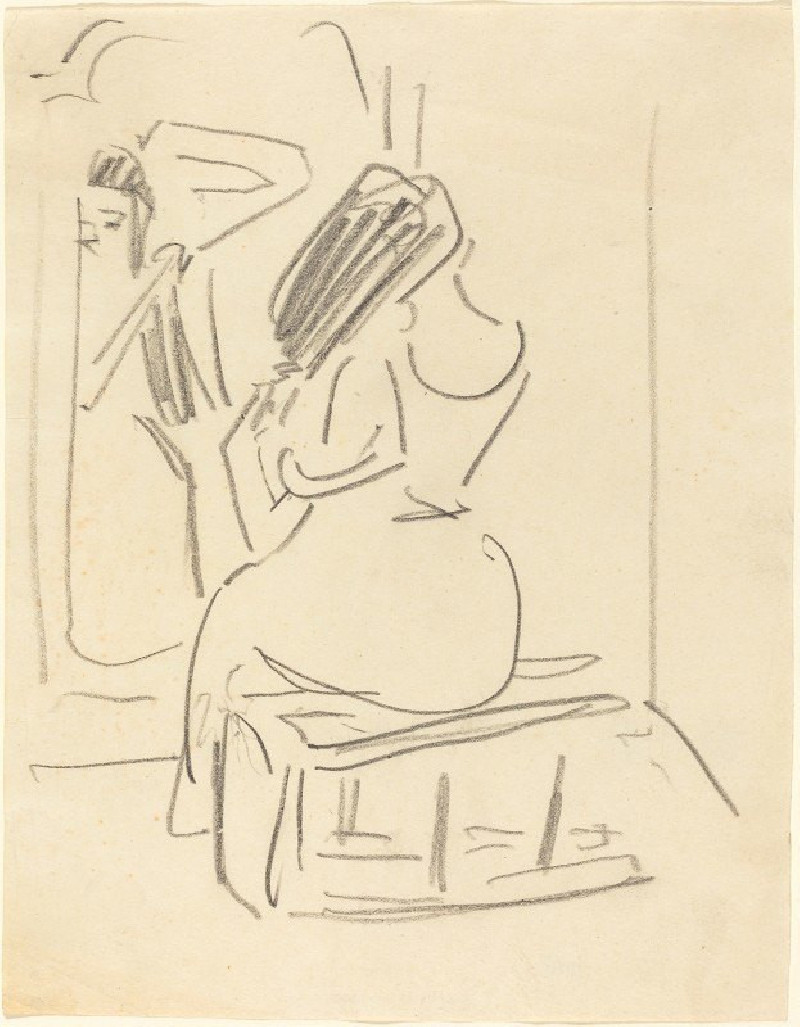

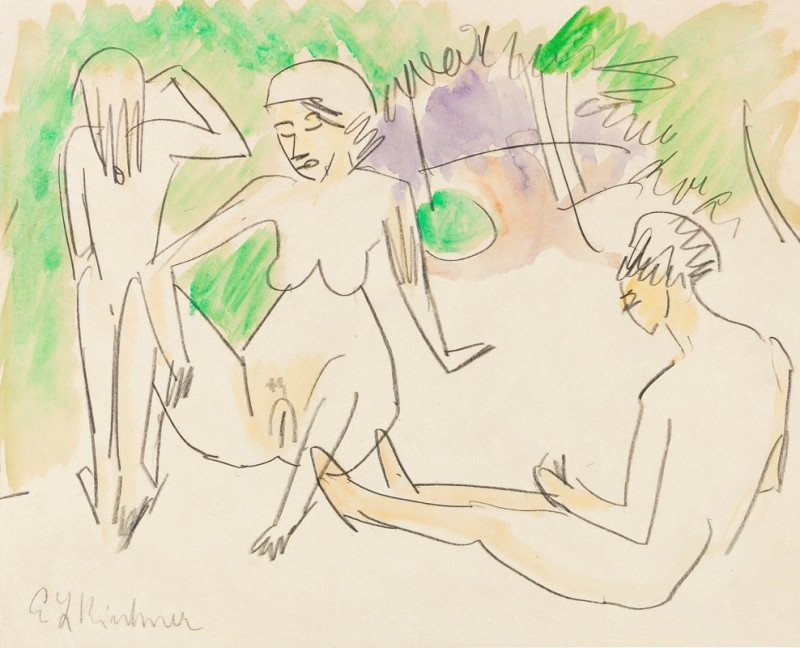
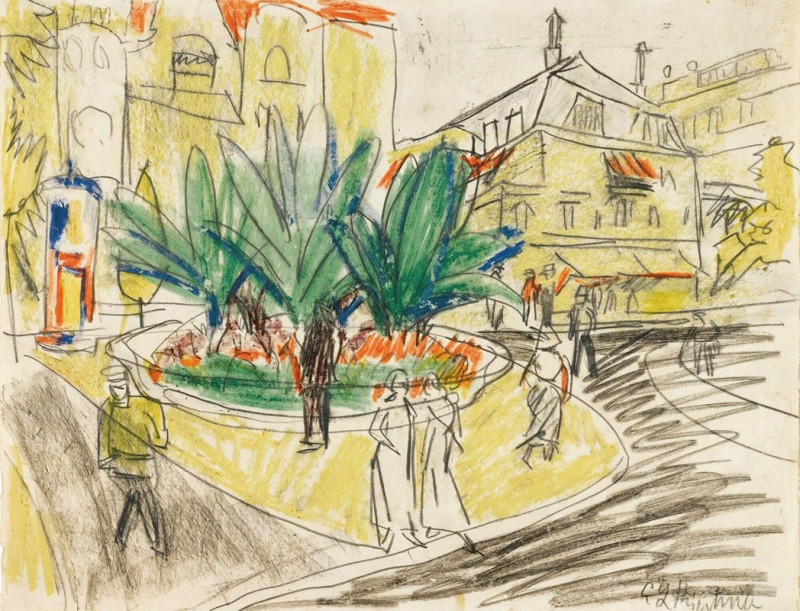
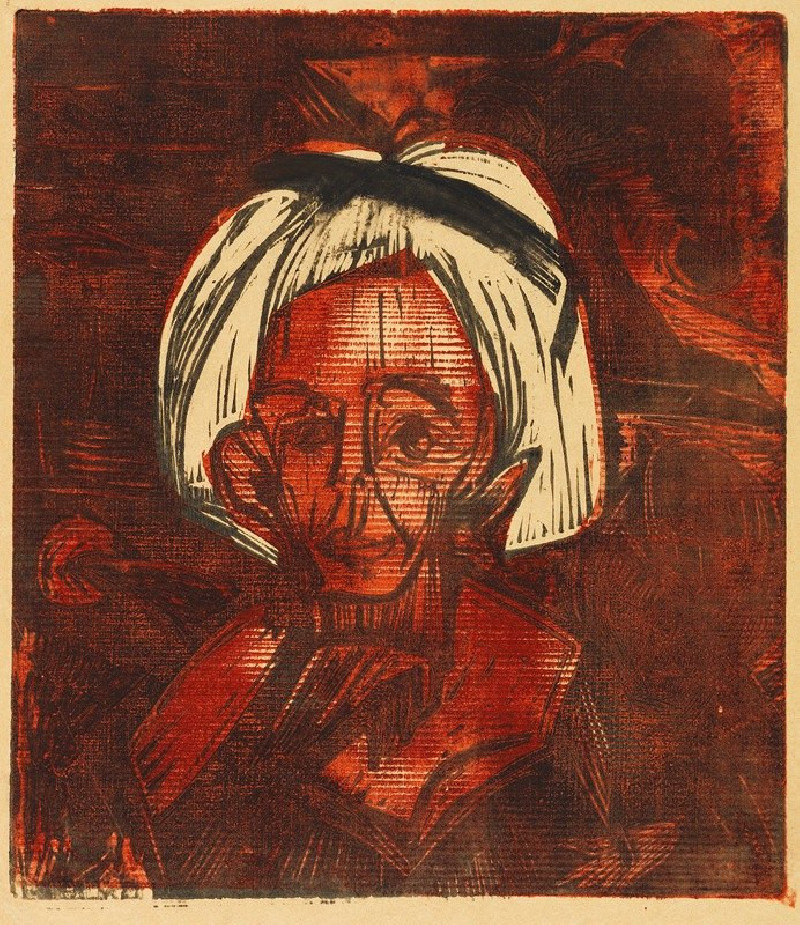
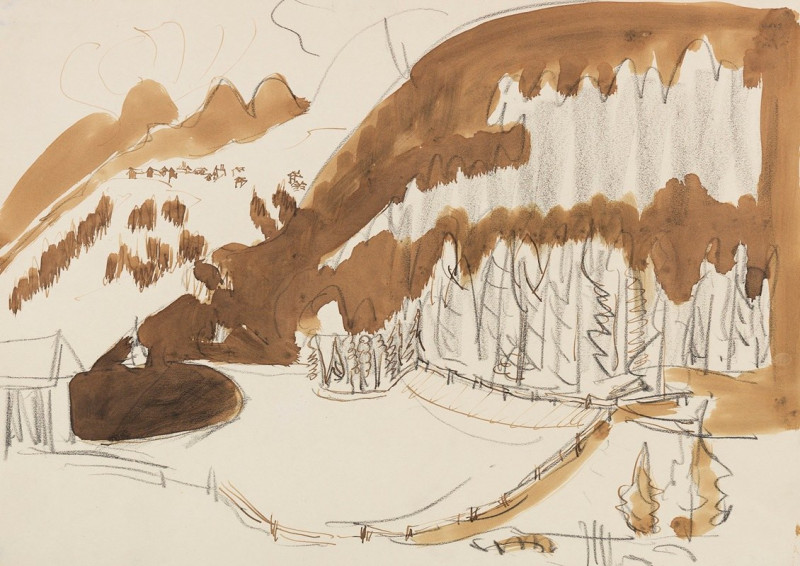
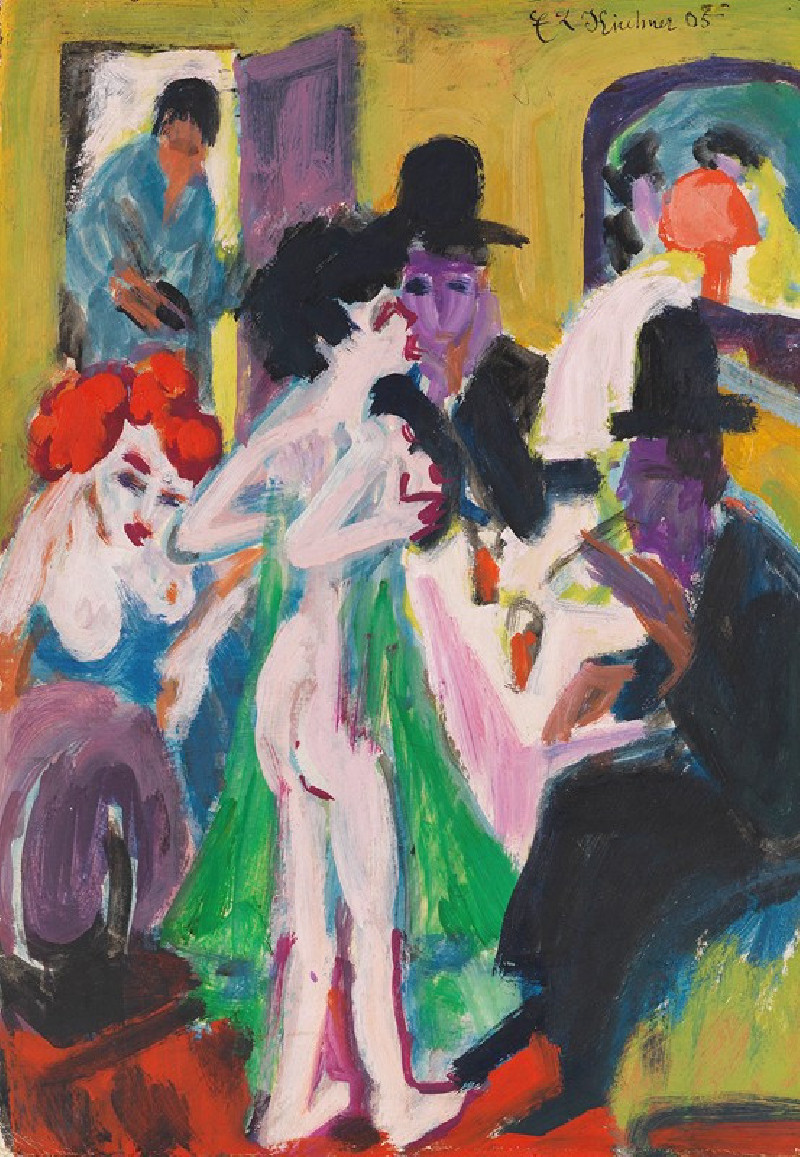
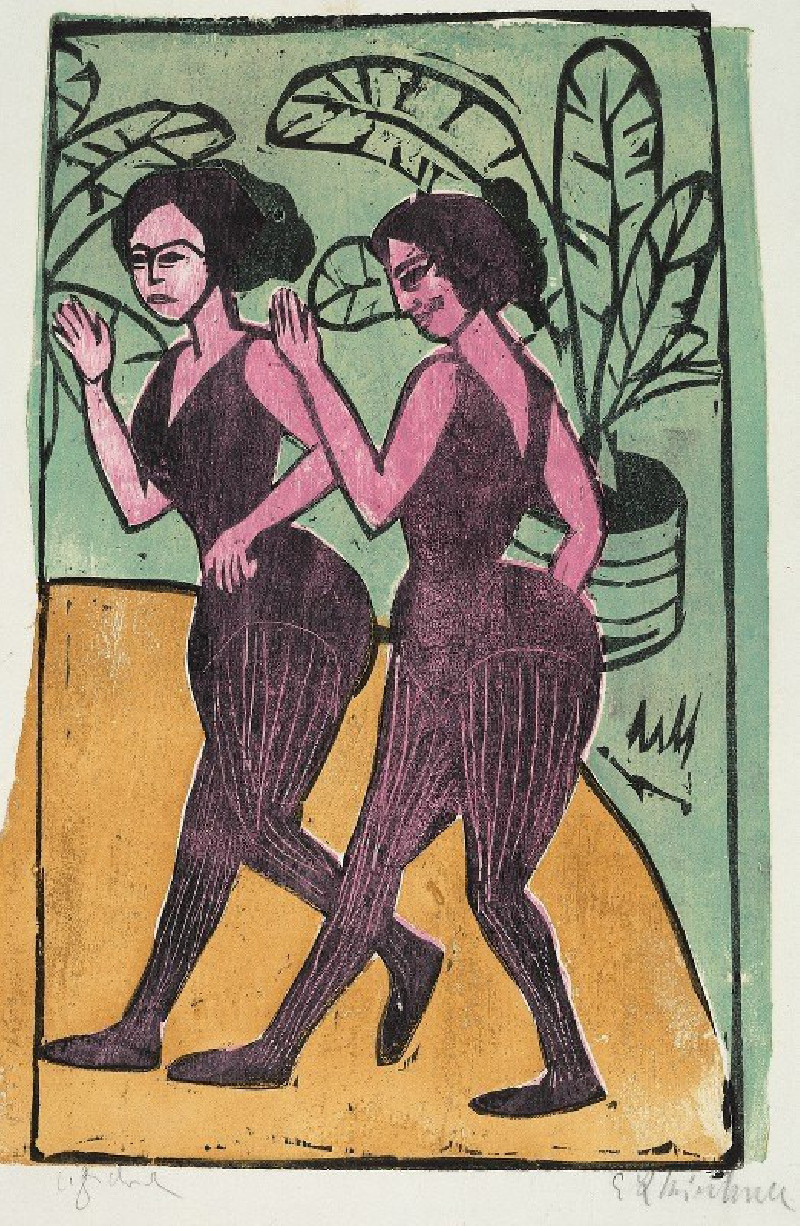
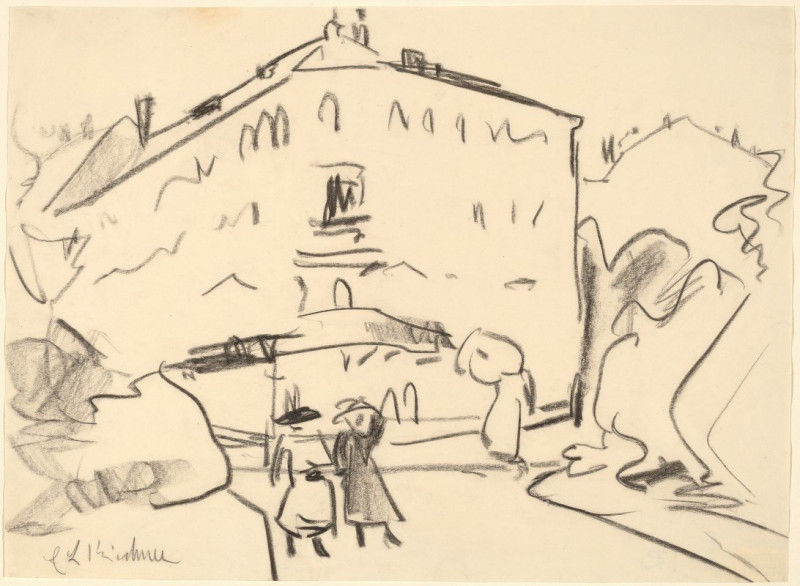
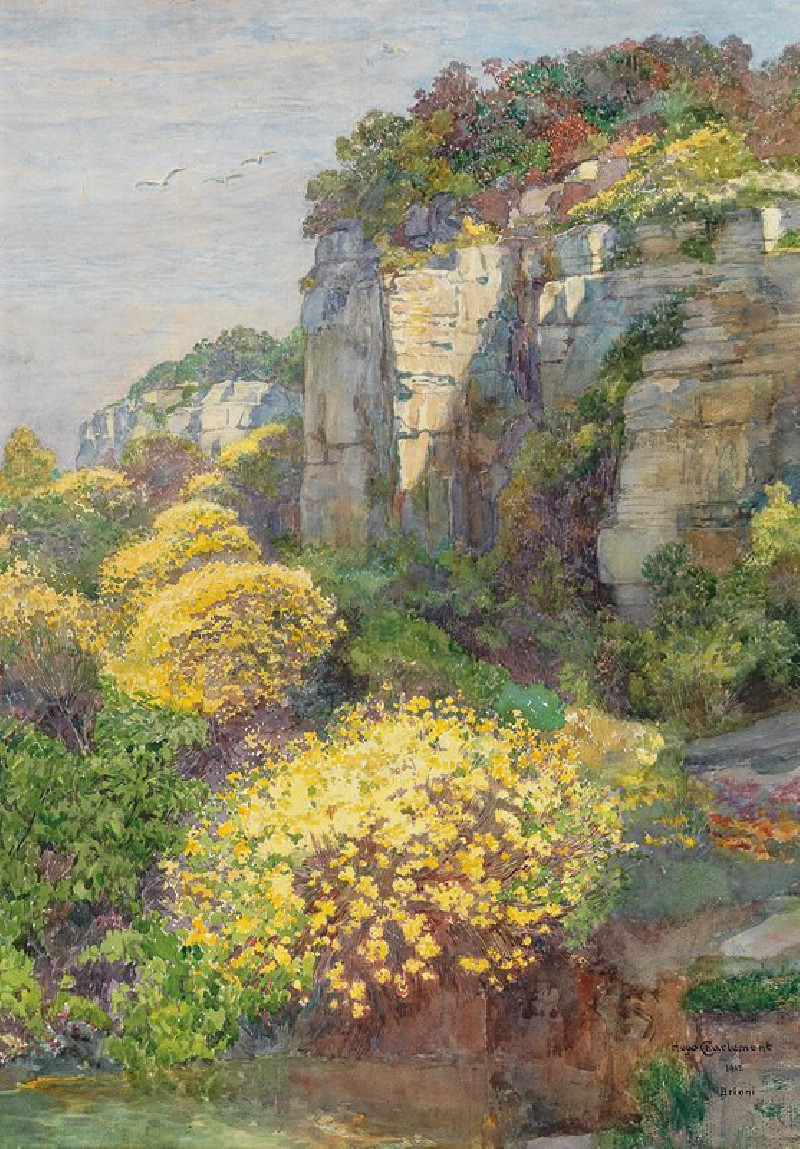

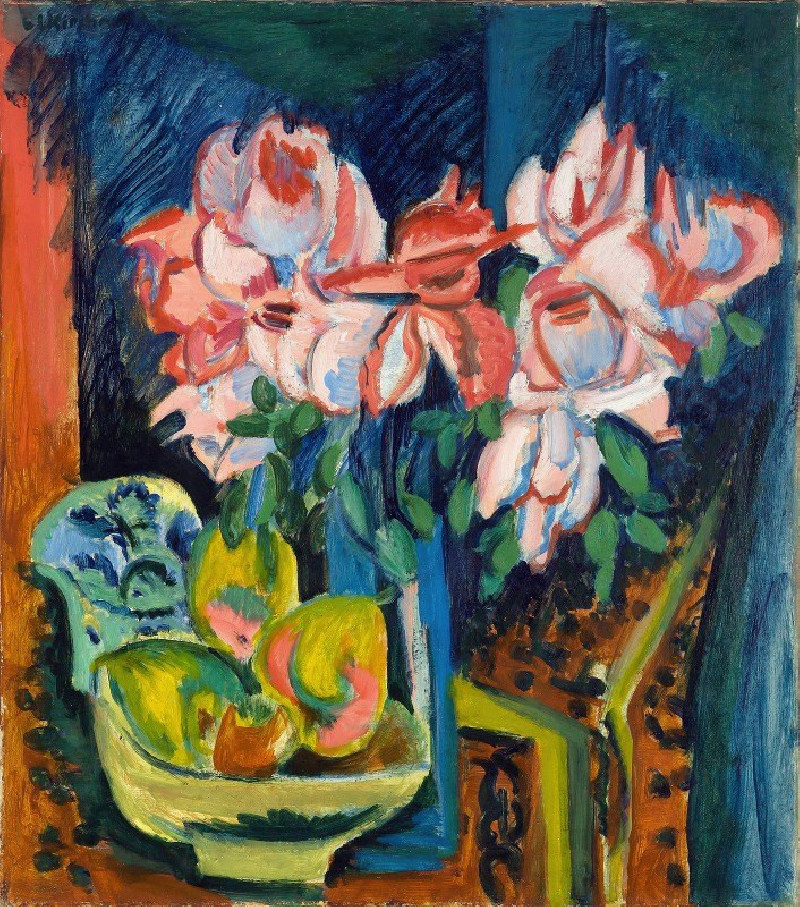
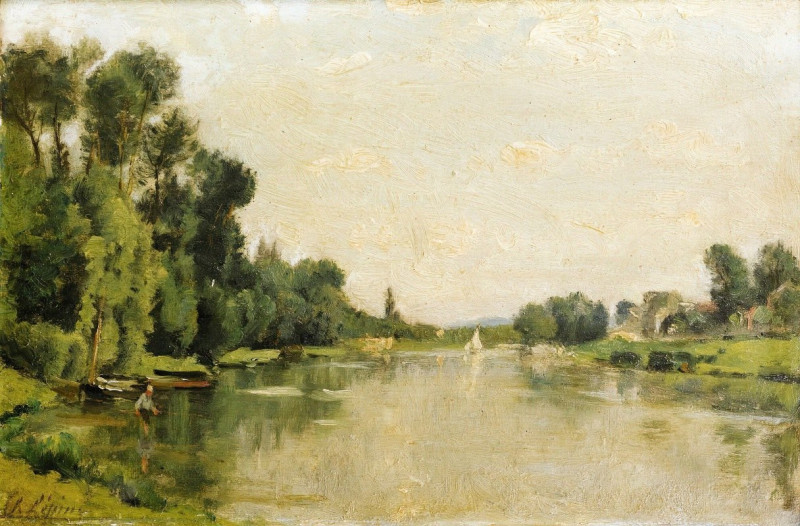
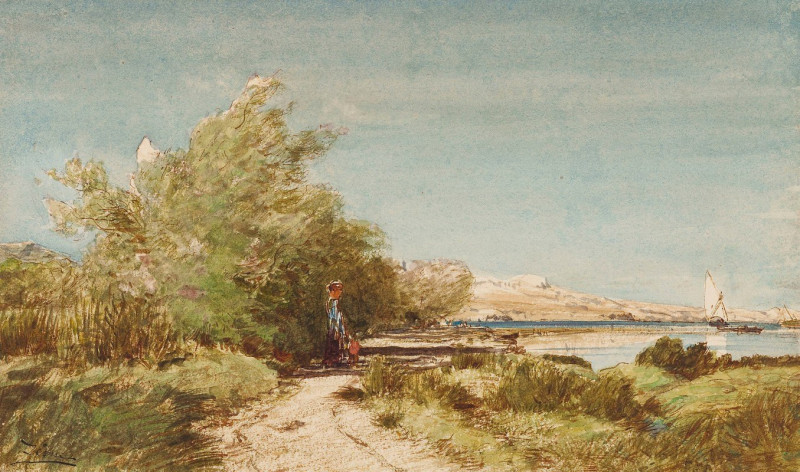
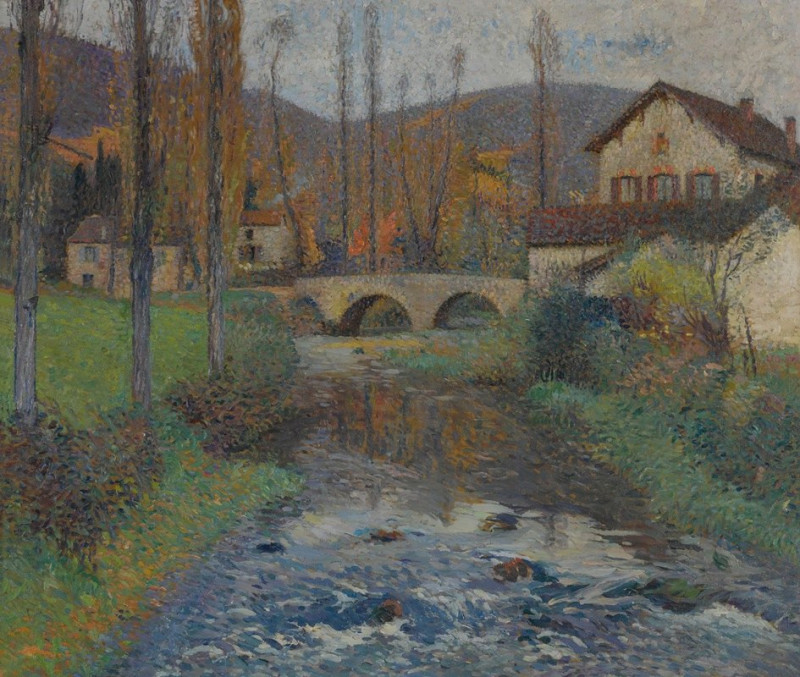
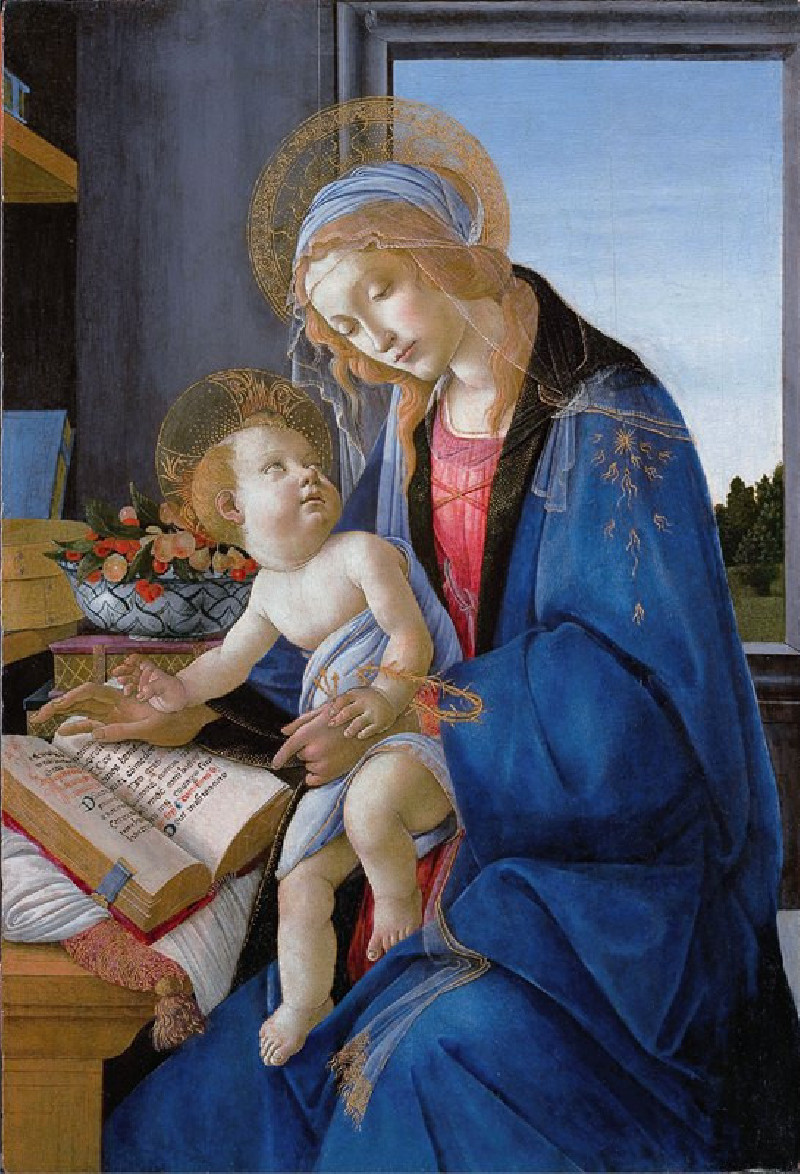
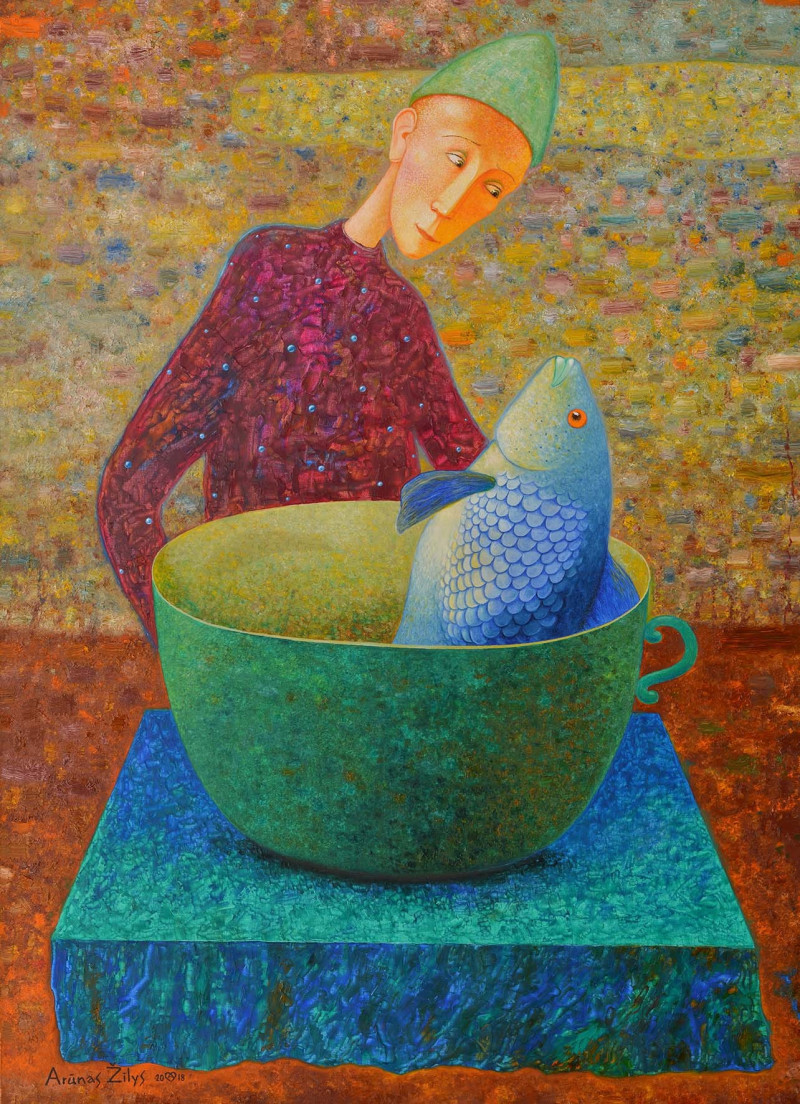
![It Is Amazing-And We Were Made by God [Furious Folly] (Hizonos Dios y Maravillamos Nos [Disparate Furioso]) (ca. 1813-1820) r...](https://reprodukcijos.lt/37207-large_default/reproduction-of-it-is-amazing-and-we-were-made-by-god-furious-folly-hizonos-dios-y-maravillamos-nos-disparate-furioso-ca-1813-18.jpg)
